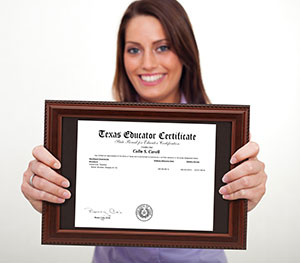Lesson Plan
On your journey to become a teacher, you will discover numerous techniques that will assist and help you hone your teaching skills. One major facet of this process is learning how to develop and use a lesson plan. This is a crucial step for successful classroom instruction. It allows the educator to fully develop the assignment so that it will be effective. In addition, it provides the opportunity for cross over into other areas of study. If you create your lesson plan using a ten-step approach, you will increase the value of the message.
The first step is determining what the lesson plan will be teaching. This is often influenced by state and school requirements. If you decide to choose an area of learning outside the required items, you will need to look for ways to incorporate those aspects within the lesson plan. In addition, the subject matter will need to be tailored to fit the age group that you will be teaching. Now you can begin establishing a time line and method for disseminating the information.
Developing the objective of the lesson plan should be the second step. The objective represents the eventual outcome rather than any specific activities, which will be included. It is a good idea to have both narrow and broad objectives, which can be measured for success. Regardless, all objectives will be analyzed through an assessment or evaluation at the end of the program.
The third step will include an outline of all of the supplies required. This portion may seem trivial to a novice. However, a seasoned teacher realizes the importance of this breakdown. It will not only assist you in organizing the program more efficiently, but it will also become a vital resource for anyone using the lesson plan on his or her own. In addition, if you are unable to teach the class for some reason, the substitute will have all the information they need to continue the project as scheduled.
A lead into the lesson plan will serve as the springboard for teaching the material. It will be the fourth step, and should include the “hook” that will get the children interested in the subject. The best way to accomplish this is to relate the material to some aspect of the student’s life. The fifth step is the most important aspect of the program. It is the layout for what will be taught in a loose outline form. It is not necessary to include every item, but the overall picture of how the subject will be shared with the students.
The sixth and seventh steps of the lesson plan include allowing the students time to practice what they have learned, and then relating the information back to the “hook” that started the process. Practice will help the students retain the learned skills. Going back to the “hook” prior to the assessment phase, helps the children understand the “big picture” of his or her newly found knowledge. Next will be the assessment and evaluation phase. This will determine what the student has learned throughout the process. There is no right or wrong way to do this, as long as you are able to establish each child’s grasp on the subject matter.
The last two portions of the lesson plan deal with adaptation and transfer. Your teaching methods will need to be adjusted to accommodate students within your classroom that have learning disabilities. You will also need to do the same thing for any gifted children. This will ensure that no student is overwhelmed or bored with the teaching material. When creating your lesson plan, you have the perfect opportunity to encourage your students to “transfer” their learning into other subjects. You can accomplish this by creating opportunities to use the new skills in other areas. Such as, using a geometry lesson plan in art class to learn the proper way to draw scenery. Once you have used these techniques a few times, you will find that a well-developed lesson plan can help you become a more effective teacher.










